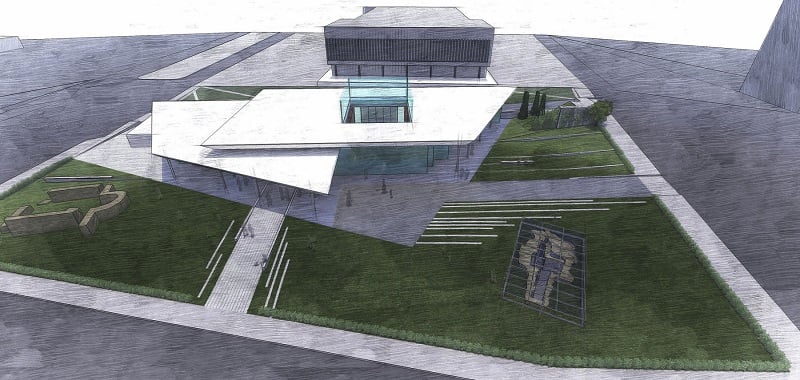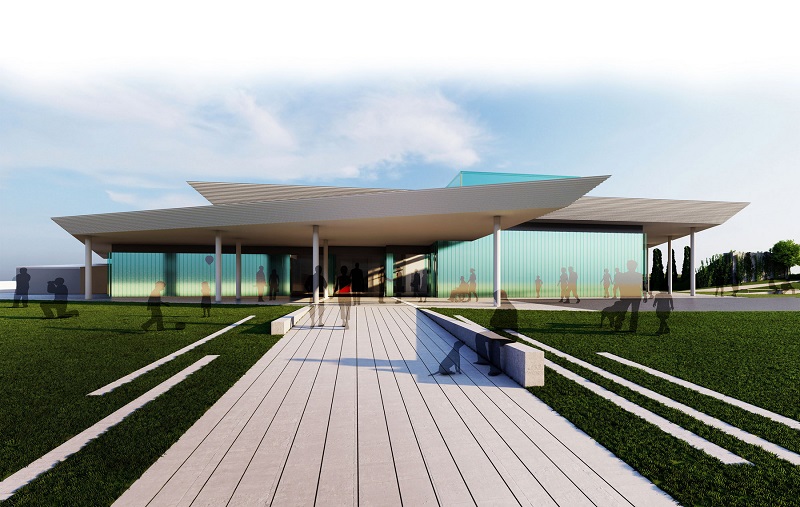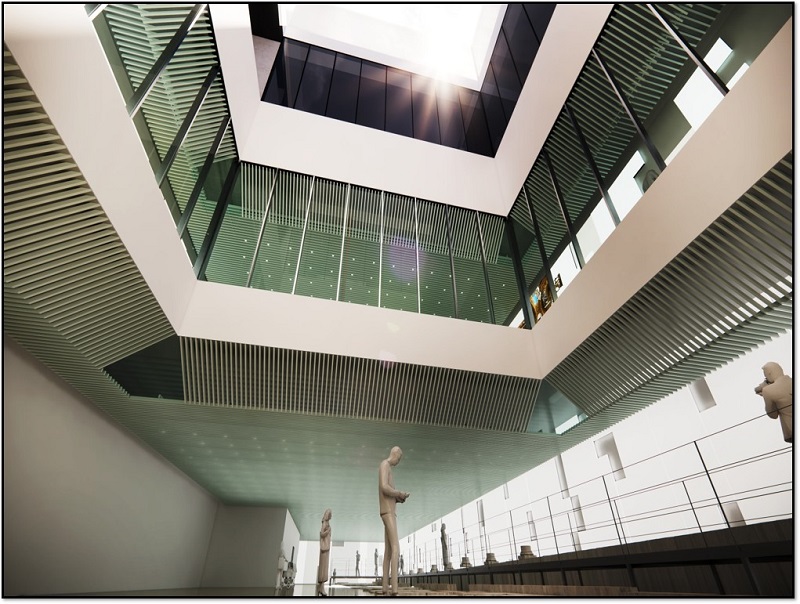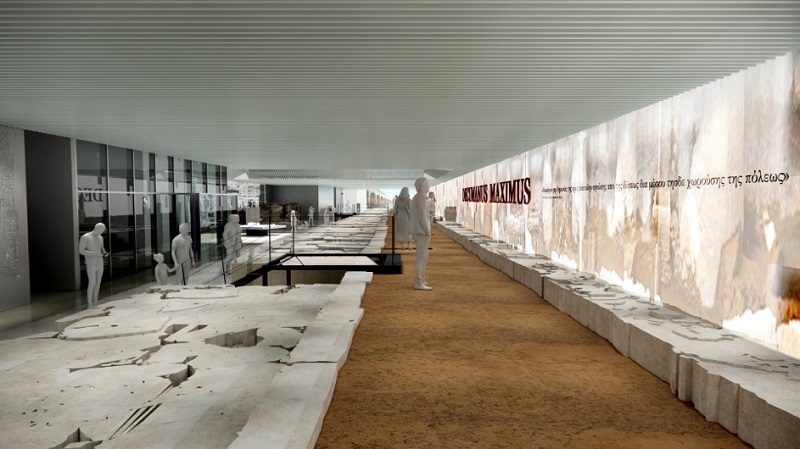
A museum that will host part of the antiquities discovered during the excavations of the Thessaloniki metro will be created at the Fountain metro station, the Greek Ministry of Culture announced at the weekend.
The metro works uncovered more than three hundred thousand finds that stand as “living proof” of Thessaloniki’s urban planning development through time.
Thessaloniki’s Fountain Square is one of the most famous meeting points in the city.

The new museum will be located at the “Crossover” building, an area of over six thousand square meters built as part of the metro infrastructure, which will be redesigned and converted.
It will operate alongside another museum, also with antiquities from the metro excavations, which will be located at the Pavlos Melas Metropolitan Park.

Fountain museum to highlight the urban development of Thessaloniki
As the Minister of Culture and Sports Lina Mendoni stated, “The Fountain museum will highlight the urban development of Thessaloniki, and it will be working together as a whole with the other museum, which is being built at Pavlos Melas.”
The Fountain museum will showcase important exhibits from the twenty-three centuries of history that defines Greece’s second-largest city, the minister said.

It will have four floors. The first two will be an exhibition area open to the public, while the third will be a special storage area, part of which will also be open for visits.
The museum’s central display will be part of the “Decumanus Maximus,” found at the Hagia Sofia station. The “Decumanus” is an east-to-west central road built in Thessaloniki during Roman times. Its east end was near today’s Fountain area, where its Kasssandriotiki Gate was located.

Metro excavation finds like the Decumanus cannot be displayed in a conventional building due to their size.
The antiquities are divided into the findings of the areas outside the walls and those inside the city walls.
The antiquities from the excavations of the stations within the walls are organized in the sections: infrastructure of the city, building the city in time, baths, and crafts activities in the city.
The antiquities from the excavations outside the walls of the metro stations form a section, where different funerary constructions are presented, focusing the interest on the construction part rather than on utilitarian content.
See all the latest news from Greece and the world at Greekreporter.com. Contact our newsroom to report an update or send your story, photos and videos. Follow GR on Google News and subscribe here to our daily email!



